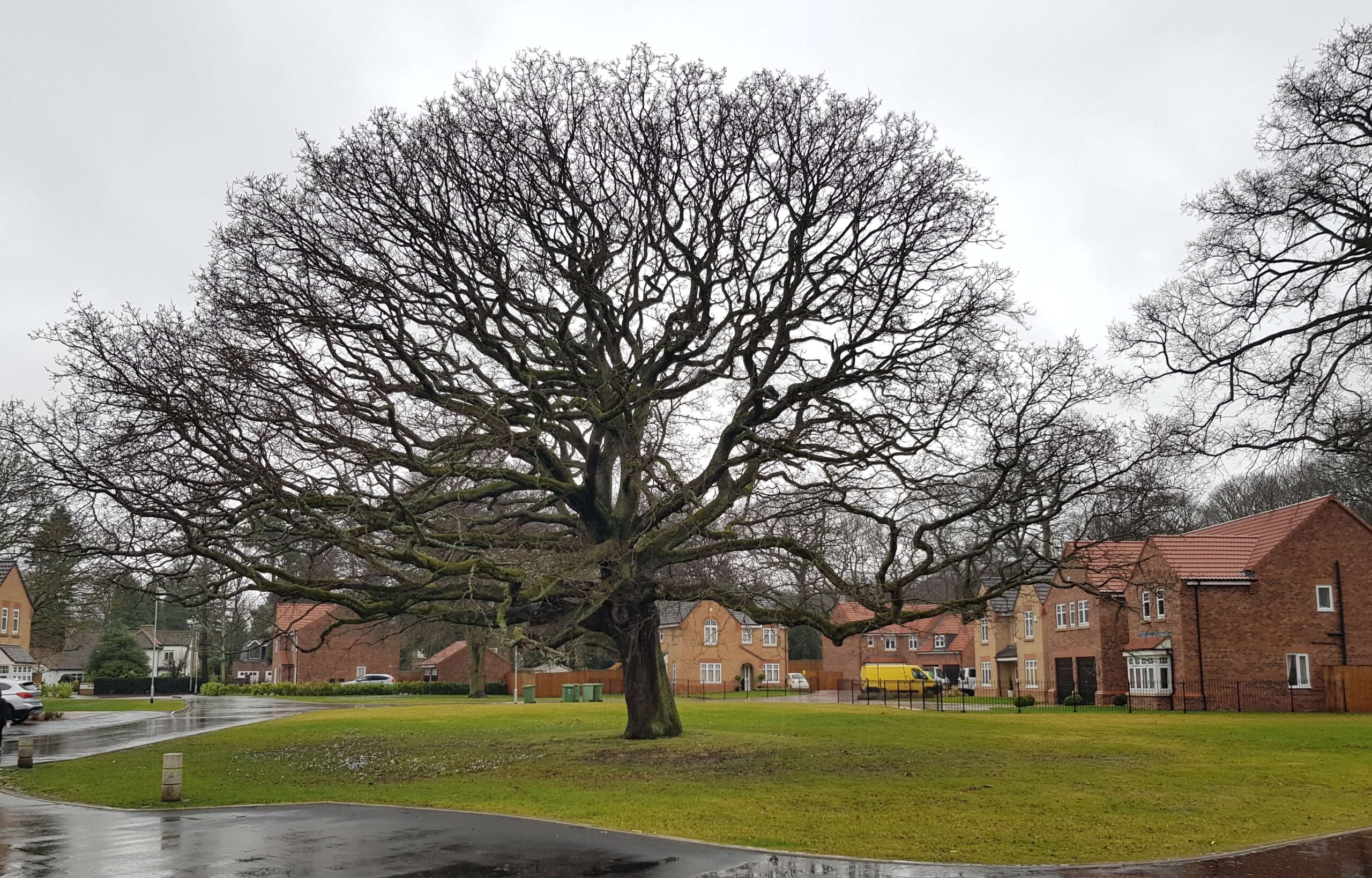If you are an architect, land developer, or town planner, and you are planning to develop on land that contains trees, you will likely need an BS5837 Tree Survey. To assist you, we’ve created a step-by-step guide on conducting a BS5837 Tree Survey.
What is a BS5837 Tree Survey?
The BS5837 Tree Survey adheres to the British Standard for Trees concerning design, demolition, and construction recommendations. The latest version, published in 2012, applies to all trees that might be impacted during any development phase.
Do I need an Arboricultural Survey?
Now, do I need an Arboricultural Survey? If you are planning to make changes to your property or land that is in close proximity to trees, then a BS5837 Tree Survey is essential. Generally, large residential developers tend to require these surveys; however, it can also apply to individual homeowners wishing to make alterations, such as an extension or modifications designed by an architect.
At JCA, our specialist team is equipped to conduct an Arboricultural survey tailored to your specific needs and requirements.
Trees and Development
Topographical Survey
When discussing Trees and Development, a Topographical Survey is typically prepared or obtained. This survey is used to identify and map the ground’s contours, along with all relevant existing features on the surface of the site. Such features may include trees, buildings, streets, walkways, manholes, utility poles, and retaining walls. This forms the base line plan which everything is drawn against/onto.
Tree Surveys in Accordance with BS5837:2012 Trees in relation to design, demolition and construction – Recommendations
The initial survey gives baseline data for the Tree Constraints Plan. This TC Plan guides designs to retain high-quality trees while avoiding roots and canopies. It illustrates the position of trees or groups, canopy spreads (color-coded based on retention categories), and root protection areas.
Finally, the tree constraints plan should be utilized to assist the designs, aiming to retain the highest quality trees.
The proposals should be crafted to avoid encroaching into tree canopies, or root protection areas throughout the development process.
Arboricultural Surveys
Arboricultural Impact Assessment (AIA)
The Arboricultural Impact Assessment process involves, overlaying tree data onto proposal designs and undertaking an assessment of potential tree impacts.
The AIA discusses the impacts that proposals may have on trees, highlighting which trees require removal and which can remain.
This report aims to identify any concerns local councils may have regarding the trees and address them before you submit your application.
Where issues arise, advice will be offered, on how these can be overcome, or where mitigation measures should be considered.
Arboricultural Method Statements (AMS)
Once the application has been submitted and planning approval granted, various planning conditions will be listed, one of which will entail preparing an Arboricultural Method Statement (AMS). The AMS gives details on which trees will be removed or retained and explains how we will protect the retained trees during the post-construction phase. Protection measures may include installing temporary fencing or other safety measures.
Tree Planting Scheme
Moreover, a Tree Planting Scheme may be a required planning condition that needs to be satisfied before proceeding. Alternatively, the preparation of a Tree Planting Scheme is typically advised whenever tree removals are necessary to facilitate the proposals. At the AIA stage, JCA may also recommend new tree planting as a means to help mitigate the loss of trees that must be removed.
If you think you may need an BS5837 Tree Survey for your development, you can find out more information here. Alternatively, you can call us at 01422 376335 to speak with one of our Arboricultural Consultants or send an email to info@jcaac.com.
If you are uncertain about your standing on arboricultural or ecological-related issues, the JCA specialist team is ready to assist you. Please don’t hesitate to contact us today for more information!

